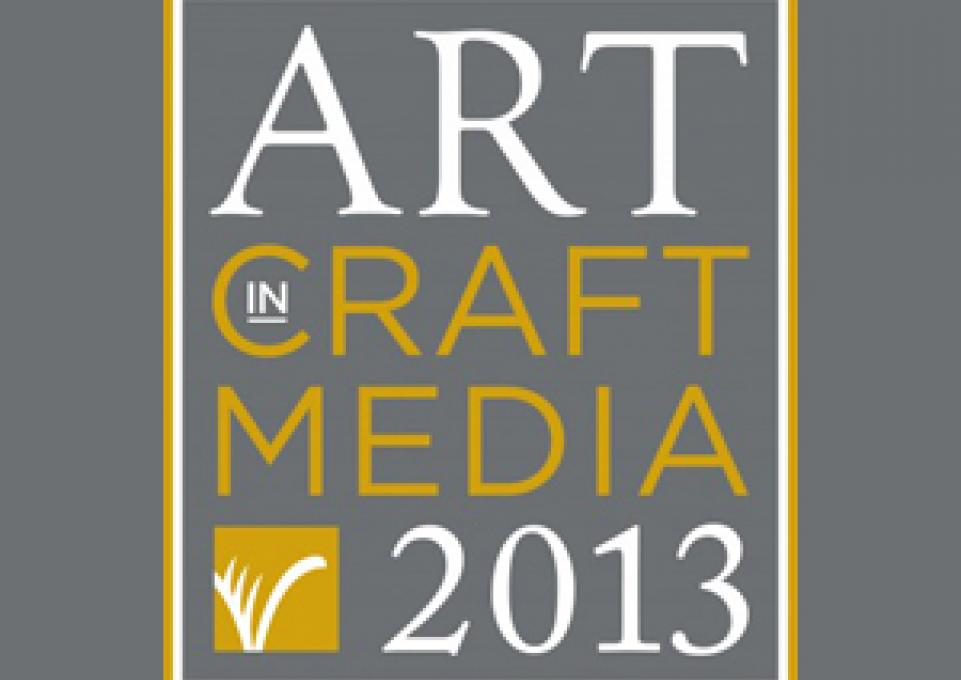
Whiteboards, research papers, and lectures are all familiar tools of the teaching trade. Students often attempt to learn information through abstract formulas and theories. Could students benefit by the addition of more visual, tangible elements to the learning process? Kathy Gaye Shiroki, lecturer in the Art Education Department and curator of museum learning and community engagement at the Burchfield Penny Art Center, believes including such elements is crucial. “Working from objects is so important,” said Shiroki. “I believe that a lot of students learn because we’re visual; when we see it, we get a lot more out of it.”
In Shiroki’s workshop Building the Craft of Connecting on Thursday, October 17, teachers and students will learn how we view and relate to the objects we encounter every day. “When you look at an object deeply, you start developing critical thinking skills, you start asking pertinent questions,” said Shiroki. “As you start trusting your intuition to speak up, you build communication skills and learn to see things from other people’s perspectives.”
The workshop will discuss the five stages of learning to critically view an object or work of art, and how the process helps one grow both as a student and an educator. Participants will also discuss Visual Thinking Strategies (VTS), a technique that can help kick-start the learning process in any subject. With VTS, a facilitator will begin with an object or work of art, asking “What do you see?”
Students will then begin to analyze the object from their own personal perspectives. “The facilitators don’t ever give their opinion,” said Shiroki. “They just keep offering positive feedback.’” As the students hear each other’s thoughts, they build the confidence to present their ideas. This translates into other fields of study, enabling students to strengthen their learning skills.
The workshop is from 4:00–7:00 p.m. It is being held in conjunction with the Art in Craft Media exhibit which includes 75 works by 55 artists. Participation is $30 for members and $40 for “not yet members.” The workshop will begin with a series of group exercises followed by a project in the studio classroom. Participants will close out the workshop with a group reflection. “When we look at objects around our home, for example, they have so many stories,” said Shiroki. “Everyone has a story for it, and no one’s story is the same. Objects are amazing to work from because of that storytelling.”
